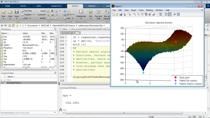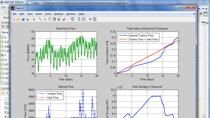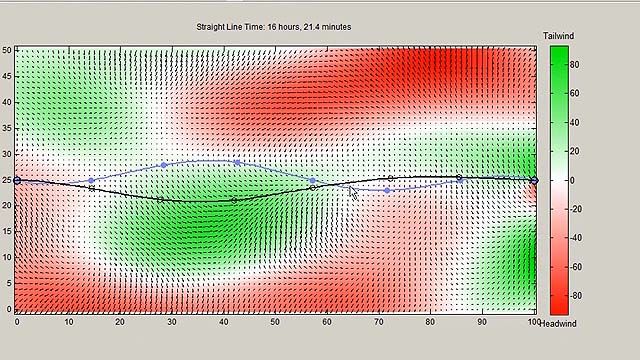Model Aircraft Design Optimization with MATLAB
From the series: Aerospace
Guilherme and Connell go through the “Aircraft Design Optimization with the Fixed-Wing Object” example shipped with Aerospace Toolbox in R2022b. The example uses the rules for the Regular Class aircraft of the 2020–2021 Society of Automotive Engineers (SAE®) Aero Design competition and optimizes for the highest possible flight score. You can easily modify the code to fit your design, and once it is set up you can adapt it to rule changes and new competition objectives in future years.
They start with an overview of optimization in the context of model aircraft design and describe the usual workflow student teams go through when designing their aircraft. Optimization is a powerful technique that will help you reduce guesswork during the design process, leading to a mathematically optimal design and ultimately better results at competition. By using MATLAB® to optimize your design, you can achieve faster design iterations and more freedom to experiment by doing away with manual trade studies and hand calculations.
To use optimization with MATLAB, you first need to translate your design parameters, competition objectives, and constraints into an optimization problem. Doing so with a problem-based approach simplifies the setup and using Optimization Toolbox™ lets you solve both linear and nonlinear problems without any prior knowledge of optimization techniques. The Fixed-Wing object from Aerospace Toolbox automatically calculates the static stability derivatives at every step of the optimization and includes them as design constraints to guarantee a stable aerodynamic configuration. You can use the same object to initialize a Simulink® model for more detailed analysis via simulation.
Published: 6 Dec 2022






